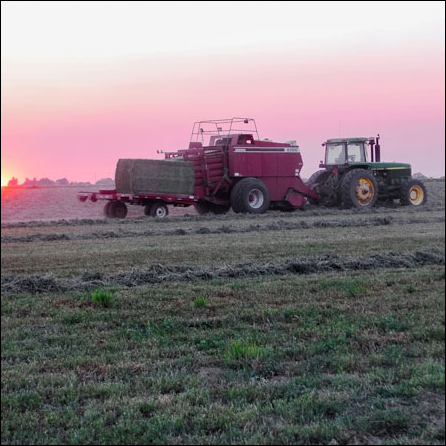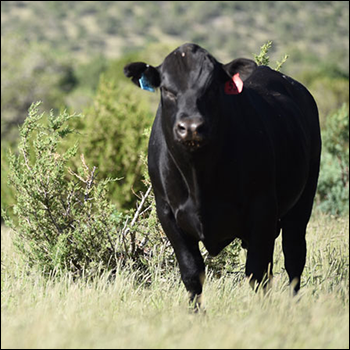
Seasonal Carcass Trends Intact
The market is hungry for Choice and higher boxed product as grilling season approaches.
Cattle and beef markets the past two years have conditioned us to expect the unexpected. Several fundamentals are “upside down” in the total beef complex, but a few are behaving in relatively seasonal fashion.
Of course, we frequently review carcass grading trends and watch with interest as the March quality-grade records turn slowly lower from 86% Choice and Prime. The normal downturn has been a bit slower to develop as year-to-date carcass weights have averaged 8 pounds (lb.) heavier than the once record-high 2020 weights.
Lack of currentness in the feedyard sector receives most of the credit surrounding the topic. It’s true, the grade would not be as rich with fewer feeding days and lighter weights. Yet let’s not rob ourselves of the credit due to the quality of genetics the production sector has propagated.
The downtrend in carcass grades hit the charts with full force in the latest USDA report (see Fig. 1). Kansas packers lost 4.35 percentage points in the Choice category to average 72.4% Choice across their plants in the last week of April. The Prime grade didn’t soak up the difference this time, as Kansas Prime carcasses were fractionally fewer. They had been 11.6% of the total for four weeks.
As we move swiftly into the youngest of the spring-born calf-fed cattle, quality grades decline like clockwork. This was even true of this period a year ago, before cattle were backed up in the harvest schedule.
The demand side of the market is hungry for Choice and higher boxed product as we eye grilling season. This marks the spring antagonistic market when quality demand spikes and the carcass quality mix dips. We’ve yet to see it in the Certified Angus Beef® (CAB®) brand carcass counts, but smart money favors some decline.
We acknowledge that the base price is the most significant price for cattle feeders, and lately quite a disappointment. Yet if there’s a bright side in the month of May, it’s that the quality price spreads are beginning to take shape in response to demand. Latest figures peg the daily Choice-Select spread just more than $15 per hundredweight (cwt.). That’s $3 per cwt. narrower than a year ago, but the 2020 data is inconsequential for this period.
CAB product supplies are tight on the spot market, even as we log the largest certified head counts in history. The CAB-Choice cutout spread in last week’s data, at $15.92 per cwt., was $1.08 per cwt. lower than the week prior (see Fig. 2). Yet the trend is decidedly higher than in recent normal years, ranging from $6 to $8 per cwt. higher than the same week in 2017-2019. Average CAB grid premiums bumped up to $5.78 per cwt. That’s a respectable average considering the latest weekly supply is roughly 12,000 head larger than the previous record for that week in 2018.
Editor’s note: Paul Dykstra is the assistant director for supply management and analysis for CAB. This article is reprinted with permission from CAB Insider. Photo courtesy CAB.






